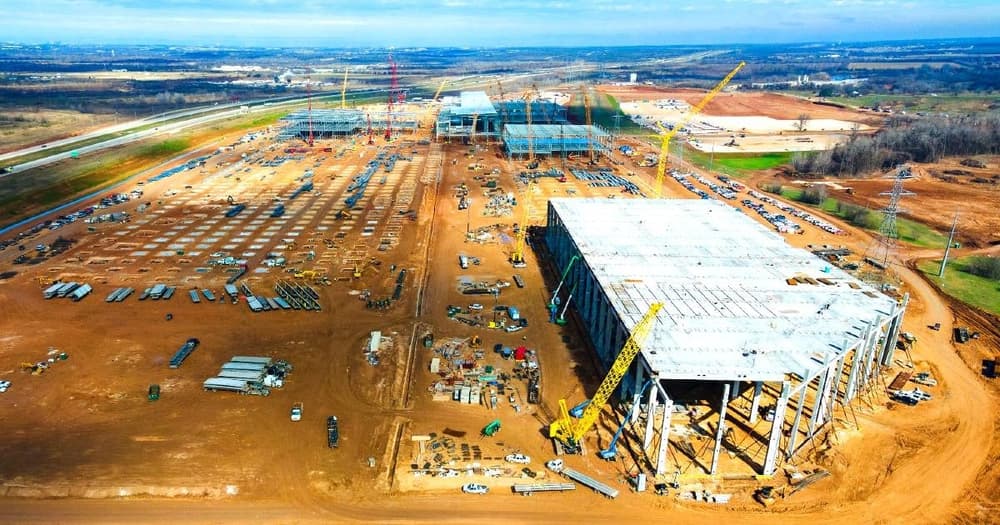The uncanny February freeze experienced by the state of Texas left the majority of residents without electricity and heat - not to mention unsightly repair bills when piping froze and burst.
Is Elon Musk’s company Tesla going to save the day?
Tesla has been expanding into residential energy technology over the last few years, offering product lineups that include home battery products and solar panels.
Recently, however, the company has expanded into the electrical grid, launching products such as The Tesla Powerpack and the Megapack.
With electrical vehicles becoming an increasingly competitive business, Musk and his team have turned to energy as a key part of their growth.
These battery packs are currently connected to Southern California Edison’s Mira Loma substation, just east of Los Angeles. The 20-megawatt system has been online since 2016 and supports grid operation during peak hours while helping the utility make the most of renewable sources.
Elon Musk and the Texas Power Market
The previously unrevealed construction of a gigantic battery connected to Texas’ ailing electric grid signifies Musk’s first foray into the US energy economy.
Gambit Energy Storage LLC, a Tesla subsidiary, is building an energy storage project in Texas that could power around 20,000 homes on a hot summer day.
Workers at this site are trying to keep things under wrap, but the Tesla logos displayed on hats and public documents are a dead giveaway.
After the winter storms devastated Texas in February, Musk took to social media to speak out against the Electric Reliability Council of Texas (ERCOT), questioning their use of the word “reliability” in their title.
Musk and his family had recently relocated to Texas from California, where he is now setting up shop in the lone star state.
Could Tesla Be the Future of Renewable Energy?
Texas is becoming the dominant US energy hub with its abundance of natural gas, oil, solar and wind resources. Not to mention several Tesla Jobs in Austin.
Musk’s new focus on this state means that the Texas power grid, which transported power from large plants to customers over miles of transmission lines, could be remade around distributed generation - and prove more resilient.
With all of this recent activity, it’s not farfetched to believe that Tesla could very well be in the early stages of beginning its own power company.

